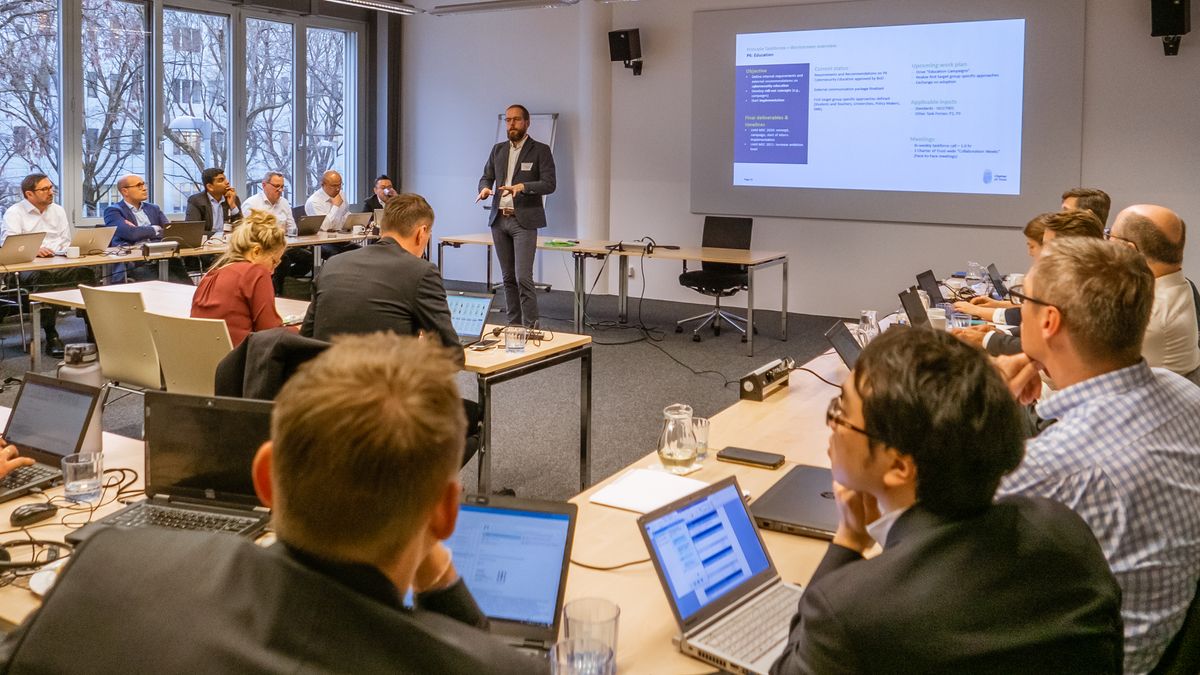How to build trust – cooperating for a new global Cybersecurity architecture

Waiting in a cue to board my flight, it caught me by surprise: while I had pulled out my boarding pass and passport for the ground personell, I was just told to look right into a camera - a machine scanned my face to verify my identity. It turned out, U.S. Customs and Border Protection had started to implement biometric face scanners in domestic airports. During my last trip to New York this was just another sign of the rapid rate of change digitalization puts to our everyday life.
However, digitalization does not only encompass new technologies like cloud, AI or data analytics. It also means physical technology is becoming smarter and previously separated technical domains are growing together.
Technologies are growing together in forms never seen before, eventually constituting an interconnected network called the Internet of Things. To secure this network is a massive challenge, as every connection could potentially be an entry point for malicious actors if not protected adequately. While this protection is certainly a technological challenge, it is likewise an organizational challenge. Ultimately, it needs a variety of measures to create trust in this new, digital world. And what’s more: this not only applies within individual organizations but it actually applies across entire industries. As a consequence, it needs new cooperative ways of jointly dealing with this challenge.
Considering the question of “digital cooperation”, in July 2018 the Secretary- General of the United Nations (UN) appointed a panel to investigate “the ways we work together to address the social, ethical, legal and economic impact of digital technologies in order to maximize their benefits and minimize their harm.” (see https://digitalcooperation.org/wp-content/uploads/2019/06/DigitalCooperation-report-web-FINAL-1.pdf)
The report also considered models of digital cooperation to advance the debate surrounding governance and trust in the digital sphere. It finds: “The pace of cyber-attacks is quickening. Currently fragmented efforts need rapidly to coalesce into a comprehensive set of common principles to align action and facilitate cooperation that raises the costs for malicious actors.” While I believe it is paramount to define these common values – they needs to be accompanied by a toolbox of measures constituting a new global Cybersecurity architecture as a fundamental basis for trust.
So let’s establish a dialogue based on trust, listen to and learn from each other; most importantly let´s proactively co-create a new global Cybersecurity architecture anticipating the technological changes of tomorrow.
